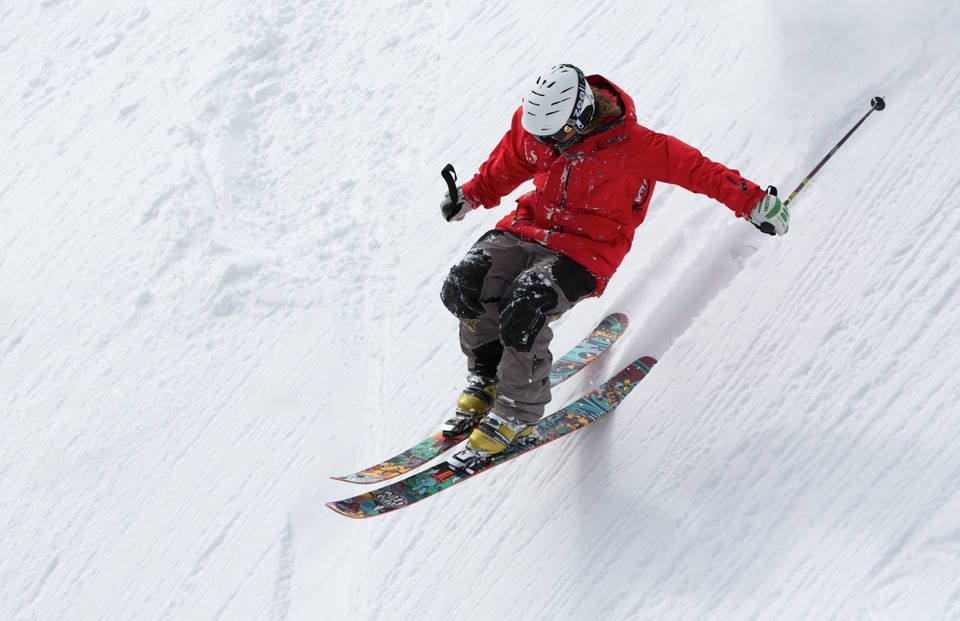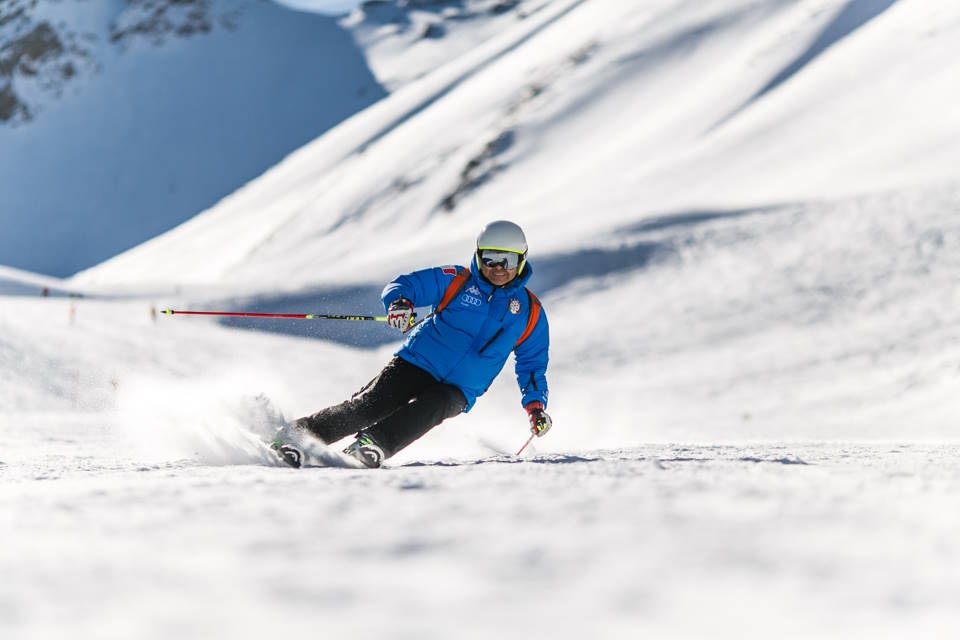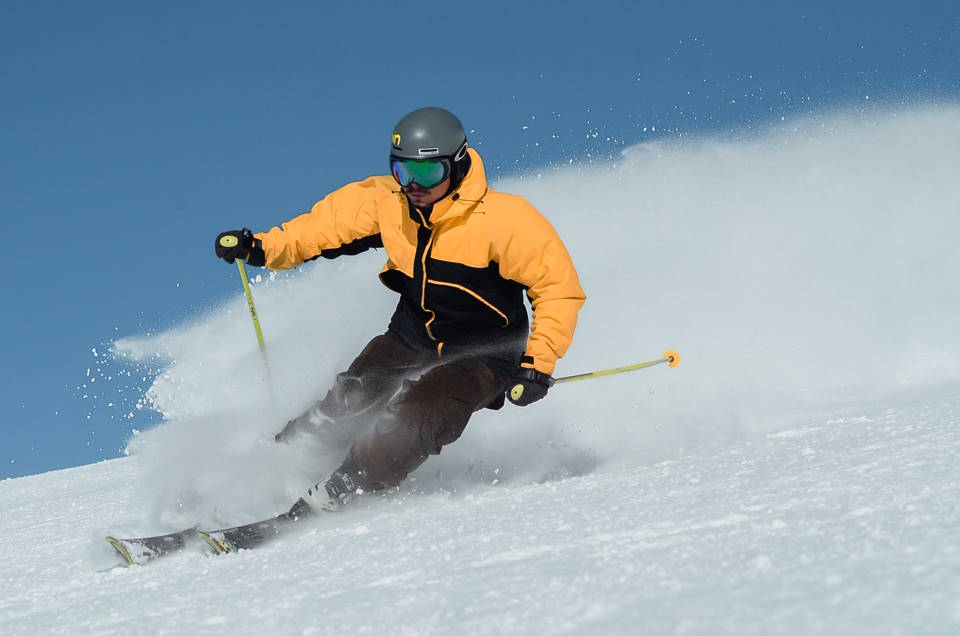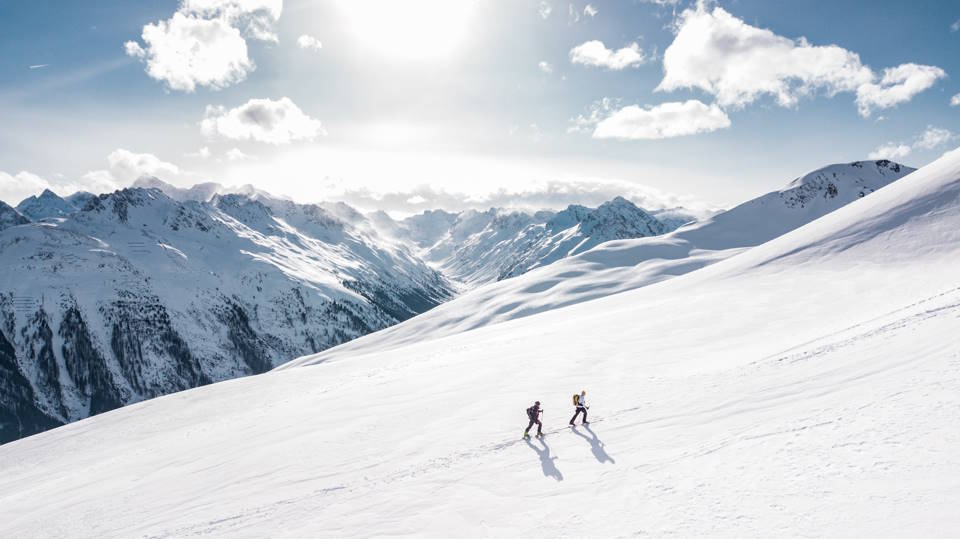Are you planning a winter ski trip but feeling overwhelmed by the idea of dressing for the cold weather? Choosing the right clothing for skiing is essential for staying warm, dry, and comfortable on the slopes. In this blog post, we will explore the key elements of dressing for skiing, including understanding the importance of layering, choosing the right outerwear, selecting the proper accessories, and picking the best footwear for skiing. Whether you’re a beginner or a seasoned skier, these tips will help you stay stylish and functional while enjoying your time on the mountain. So, grab a cup of hot cocoa and get ready to learn how to dress for skiing like a pro!Discover the key to staying warm and stylish on the slopes with our guide to layering, outerwear, accessories, and footwear for skiing.
Understanding The Importance Of Layering

Layering is a critical aspect of staying warm and dry while skiing. When you’re out on the slopes, the weather can change quickly, and having the right layers can make all the difference. Start with a moisture-wicking base layer to keep sweat away from your skin. Top this with a mid-layer for insulation, and finish off with a waterproof and breathable outer layer to protect against wind and snow.
Proper layering is essential for temperature regulation. As you ski, your body temperature will fluctuate, and having the ability to add or remove layers as needed is crucial. A good layering system will help you stay comfortable throughout the day, from the chilly morning runs to the warmer afternoon sun.
Layering also provides flexibility. If the weather turns stormy, you can easily add an extra layer for warmth and protection. On the other hand, if the sun comes out and the temperature rises, you can shed layers to avoid overheating.
Overall, understanding the importance of layering is key to having an enjoyable and comfortable skiing experience. By investing in the right base, mid, and outer layers, you can ensure that you stay warm, dry, and prepared for any weather conditions on the mountain.
Choosing The Right Outerwear

When hitting the slopes, choosing the right outerwear is essential for staying warm, dry, and comfortable throughout the day. A high-quality ski jacket and pants are a must-have for any skier, as they provide protection from the cold, wind, and snow. Look for outerwear that is waterproof, windproof, and breathable to ensure maximum comfort while skiing.
Additionally, consider the insulation and lining of your outerwear. Opt for a jacket and pants with adequate insulation to keep you warm in freezing temperatures, but also make sure they have a moisture-wicking lining to keep you dry from sweat and snow. It’s important to strike a balance between warmth and breathability when choosing your outerwear.
Another factor to consider when choosing the right outerwear for skiing is the fit and mobility. Your ski jacket and pants should allow for a full range of motion so that you can move comfortably while skiing. Look for outerwear with adjustable cuffs, waistbands, and hoods to customize the fit to your liking.
Lastly, don’t forget about the importance of visibility on the slopes. Choose ski outerwear with bright colors or reflective accents to ensure that you are easily seen by other skiers and riders. This is especially important in low light conditions or when skiing in crowded areas.
Selecting The Proper Accessories

When it comes to skiing, selecting the proper accessories is crucial for both performance and comfort on the slopes. One of the most important accessories to consider is goggles. Goggles protect your eyes from harsh winds and bright sunlight, providing better visibility as you ski. Look for goggles with anti-fog and UV protection for the best performance. Additionally, gloves are essential for keeping your hands warm and dry. Choose gloves that are waterproof and insulated to ensure maximum comfort while skiing. Proper headwear is also important, as it helps to regulate your body temperature and protect your head from the elements. Consider a warm beanie or helmet liner to keep your head warm while skiing.
Another crucial accessory for skiing is socks. Selecting the right pair of socks can make all the difference in your skiing experience. Look for socks that are made of moisture-wicking materials and have extra cushioning in the shin and heel areas for added comfort and support. Additionally, neck gaiters or balaclavas are important for protecting your face and neck from cold winds and snow. These accessories can also provide an extra layer of warmth and insulation, enhancing your overall skiing experience.
Lastly, backpacks are essential for carrying all your skiing essentials, such as water, snacks, and extra layers. Look for a backpack that is lightweight, durable, and has multiple compartments to keep your gear organized. Selecting the proper accessories for skiing is crucial for staying comfortable, safe, and prepared on the slopes. By choosing the right goggles, gloves, headwear, socks, neck gaiters, and backpacks, you can enhance your skiing experience and make the most of your time on the mountain.
Picking The Best Footwear For Skiing

When it comes to skiing, selecting the right footwear is crucial for both performance and comfort on the slopes. From navigating icy terrain to keeping your feet warm and dry, the right pair of ski boots can make all the difference in your skiing experience.
Layering is important when it comes to choosing the best footwear for skiing. It’s essential to have the right socks that provide warmth and moisture wicking properties to keep your feet dry. Additionally, having the proper insoles or footbeds can provide added support and comfort, especially during long days on the slopes.
It’s also important to consider the fit of your ski boots. They should feel snug and secure, but not too tight that they restrict movement or circulation. Look for boots with adjustable features that allow you to customize the fit to your specific needs.
Another important factor to consider is the type of skiing you’ll be doing. For alpine skiing, there are different types of boots designed for various skill levels and preferences. If you’re into backcountry skiing, you’ll need boots that are compatible with your bindings and provide the necessary support and flexibility for off-piste terrain.
Overall, picking the best footwear for skiing involves finding the right balance of warmth, support, and performance to enhance your time on the mountains. By taking the time to ensure your ski boots are properly fitted and suited to your skiing style, you can maximize your enjoyment and safety on the slopes.




